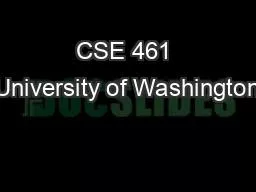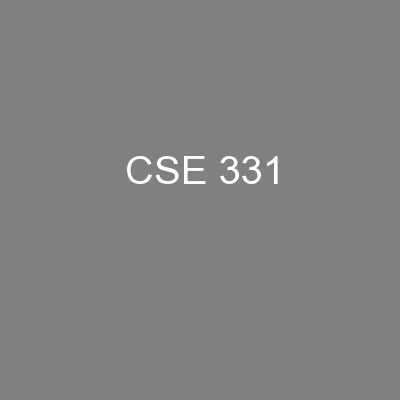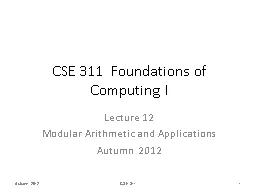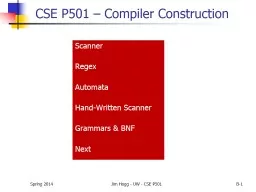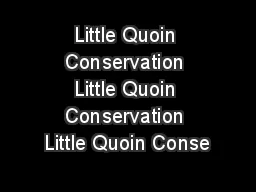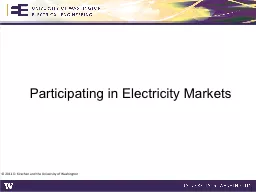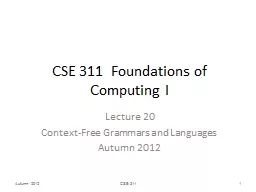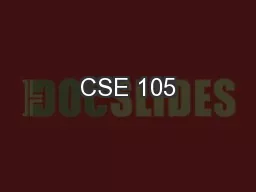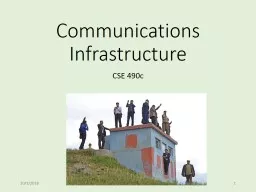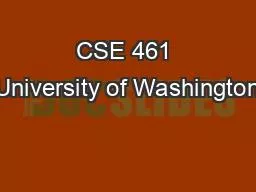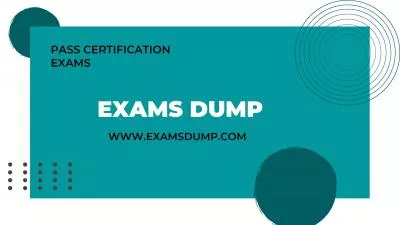PPT-CSE 461 University of Washington
Author : medmacr | Published Date : 2020-08-27
1 Topic How do nodes share a single link Who sends when eg in WiFI Explore with a simple model Assume noone is in charge this is a distributed system CSE 461 University
Presentation Embed Code
Download Presentation
Download Presentation The PPT/PDF document "CSE 461 University of Washington" is the property of its rightful owner. Permission is granted to download and print the materials on this website for personal, non-commercial use only, and to display it on your personal computer provided you do not modify the materials and that you retain all copyright notices contained in the materials. By downloading content from our website, you accept the terms of this agreement.
CSE 461 University of Washington: Transcript
Download Rules Of Document
"CSE 461 University of Washington"The content belongs to its owner. You may download and print it for personal use, without modification, and keep all copyright notices. By downloading, you agree to these terms.
Related Documents

